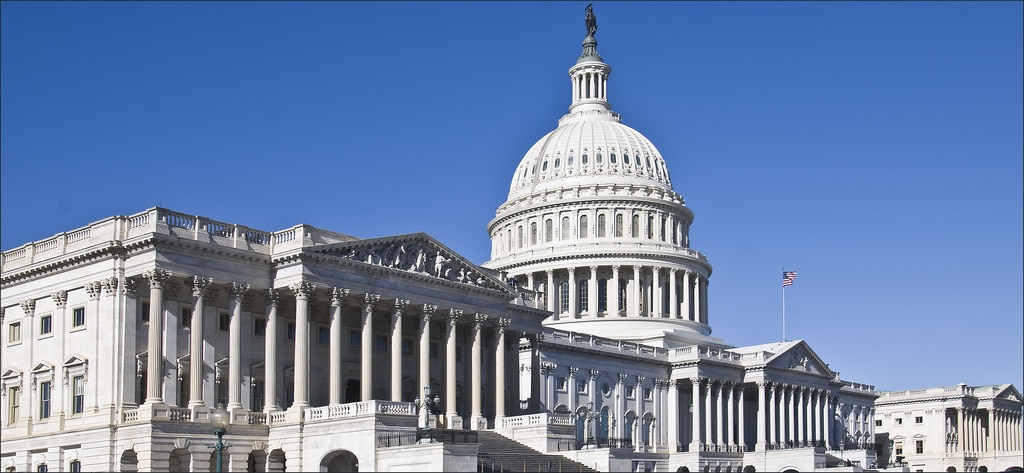The House has released its first budget since becoming controlled by the Democratic Party last November (or January if you’re a stickler for swearing-in) and, potentially reflecting the changing political climate around renewable energy and energy efficiency, the Department of Energy (DOE) is finally a big winner.
Under the 2020 Energy and Water Development Funding Bill, proposed spending for DOE has been set at $37.1 billion dollars, up $1.4 billion (4%) from last year’s budget of $35.7 billion and $5.6 billion (18%) higher than the President’s proposed limit of $31.5 billion. If that difference between the House and President’s opinions on spending are staggering to you, then I’ll just go right ahead and refer you to Bachman Turner Overdrive.
The real staggering difference in energy spending comes (surprise, surprise) at the proposed budgets for the Office of Energy Efficiency and Renewable Energy (EERE). The House has proposed increasing this spending by $273 million to $2.65 billion, an increase of nearly 10%. On the other side of things, the President’s budget request goes in a slightly different direction, recommending operational funds of $335 million. Yes, that is correct, the President’s budget request recommends cutting EERE’s funds by nearly 87%. Agree to disagree, I guess.
Now let’s move onto the Advanced Research Projects Agency – Energy (ARPA-E), the department that oversees “research aimed at rapidly developing energy technologies that are capable of significantly changing the energy sector to address our critical economic, environmental, and energy security challenges.” Those sound like useful measures with the prospect of worthwhile future dividends. Surely the discrepancies here were less severe.
Well, when we put on our reading glasses, we see that the House proposed a $59 million (16%) increase from 2019 figures, up to $425 million. That seems pretty modest, no? In return, the President’s budget request proposes eliminating the program entirely, a 100% decrease in funding.
This program, ARPA-E is not only a popular one, but a necessary lifeblood to the national transition to renewables. This necessity has been recognized by the American Council on Renewable Energy, who’s President and CEO, Gregory Wetstone said of the House budget proposal:
“We are pleased to see the House express its strong support for clean energy innovation in the FY 2020 Energy and Water Appropriations bill. The Department of Energy’s Office of Energy Efficiency and Renewable Energy and the Advanced Research Projects Agency – Energy (ARPA-E) provide the research and development necessary to keep the United States competitive in the 21st century’s global clean energy race. Now is clearly not the time to retreat from these critical investments.”
And, for fun, the bill proposes $15.9 billion for DOE’s nuclear security programs, an increase of $665.7 million (4%). This is roughly half of the President’s proposed 9% increase in the same programs.
The last significant difference is that the proposed budget makes no major changes to the Investment Tax Credit (ITC) for solar, which is already scheduled to begin phasing down at the beginning of 2020 to only 10% as of 2022, with the individual credit disappearing altogether. The Trump budget, however would send it on vacation with ARPA-E, eliminated entirely.
This content is protected by copyright and may not be reused. If you want to cooperate with us and would like to reuse some of our content, please contact: editors@pv-magazine.com.









By submitting this form you agree to pv magazine using your data for the purposes of publishing your comment.
Your personal data will only be disclosed or otherwise transmitted to third parties for the purposes of spam filtering or if this is necessary for technical maintenance of the website. Any other transfer to third parties will not take place unless this is justified on the basis of applicable data protection regulations or if pv magazine is legally obliged to do so.
You may revoke this consent at any time with effect for the future, in which case your personal data will be deleted immediately. Otherwise, your data will be deleted if pv magazine has processed your request or the purpose of data storage is fulfilled.
Further information on data privacy can be found in our Data Protection Policy.